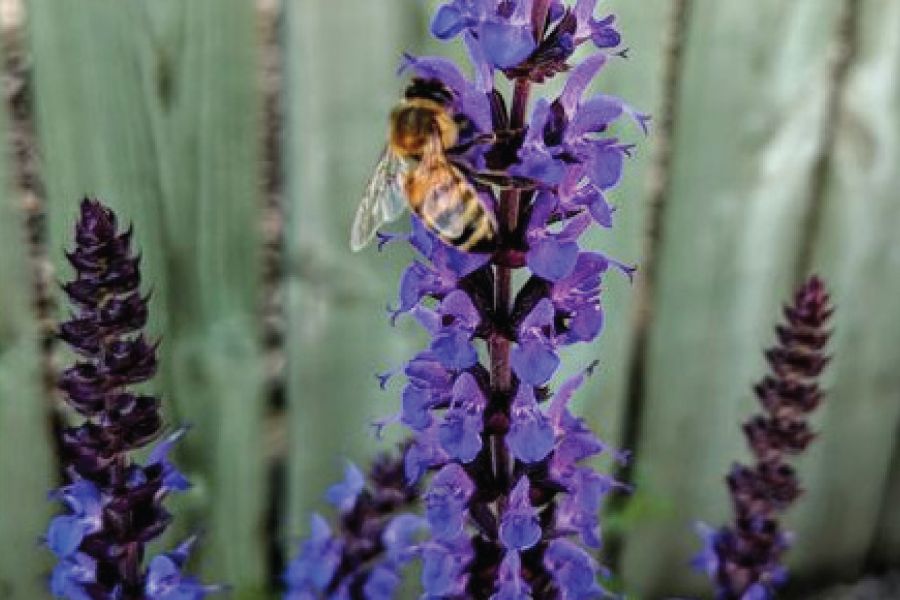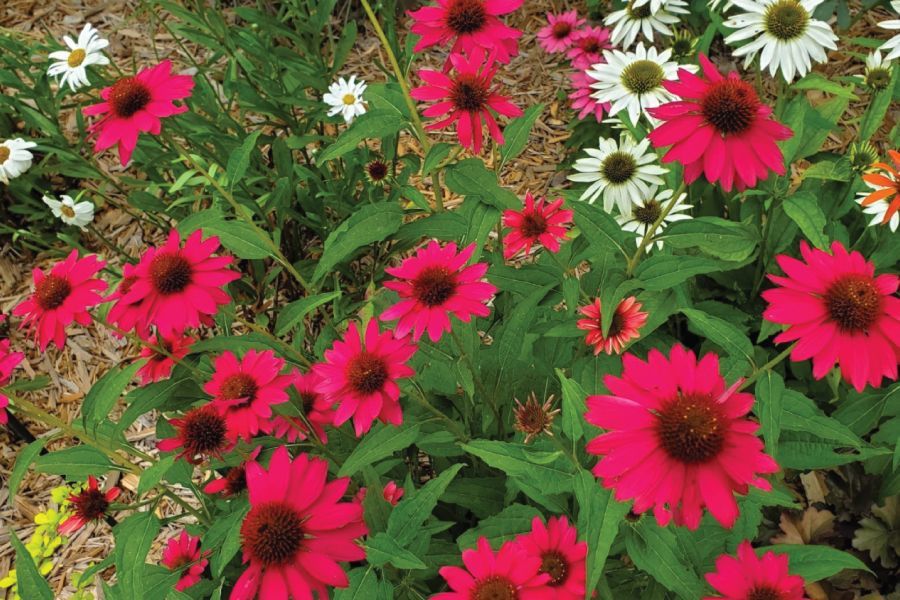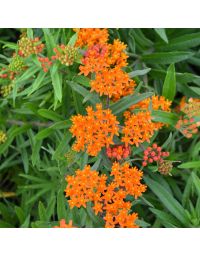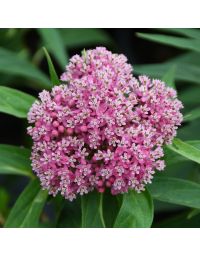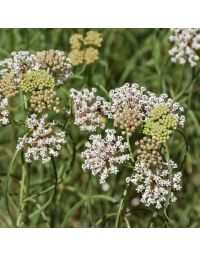Why would a leader in the Gardening Industry choose a “weed” as their choice for perennial of the year? Easy, it’s not a “weed” but it can be abundant! I’ll have more on that in a moment…
Each year the National Garden Bureau chooses to highlight one particular Perennial, Bulb, Annual, Houseplant (the Monstera), Shrub and Vegetable. For 2025, they chose Asclepias for Perennial of the Year. This plant, more generally known as milkweed, fills a number of positions from meadows to bogs. NGB lists 19 species of milkweed along with a number of cultivars listed between Swamp Milkweed and Butterfly Milkweed. All Asclepias prefer full to partial sun, medium to dry soil (except Swamp Milkweed) and attract a number of pollinators. They bloom throughout the summer and are hardy to zones 3 – 9.
Common Milkweed, a Minnesota Native plant, used to be the bane of suburban gardening because they are prolific seeders that will pop up nearly anywhere. They have a thick, deep root system too. However, they are also the only host of Monarch caterpillars. As you can see in this photo, the adult butterfly also appreciates the nectar.
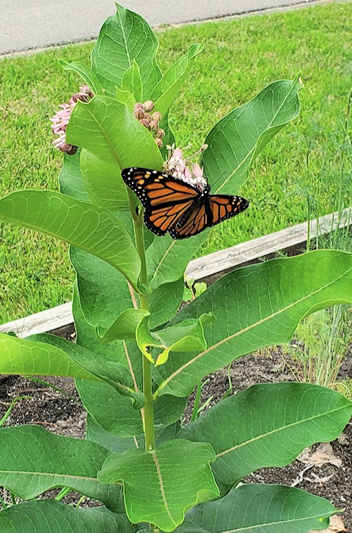





Interesting fact, during WWII, more than 2 million pounds of milkweed seed floss were used to fill life preservers and other flotation equipment! From the article: Native Americans used stem fibers to make string, rope, and cloth, while some tribes used Common Milkweed (Asclepias syriaca) for medicinal purposes, such as using the milky sap to treat warts, ringworm, and bee stings.


The genus Asclepias is named for Asclepius, the Greek god of healing. As you read above, Native Americans used the sap for many ailments. Its seed oil is featured in some body care products also.
Butterfly milkweed is a great choice for sunny gardens. The photo above is from my rain garden the City installed when they reconstructed my street. There is a lot of sand in my rain garden, which makes this guy happy. These plants also do well in loam and in limestone soils.


Take a peek at this cultivar, ‘Hello Yellow’.


For moist to wet soils Swamp Milkweed is your best bet. It will grow to a height of about 4 ft. Another clump forming native plant that pollinators love. Note the bee in the photo below.
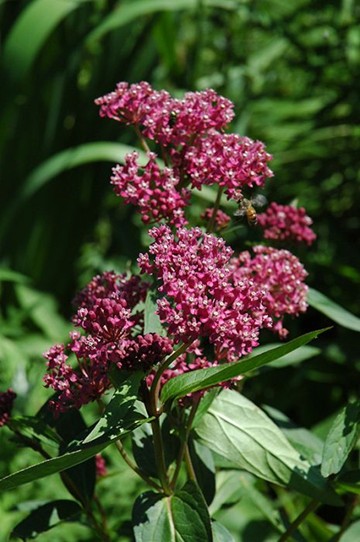

If you need plants that are rabbit and deer resistant, there’s milkweed for that! The Whorled Milkweed has very skinny, “whorled” leaves. It grows to just 2 ft and blooms later than its “cousins”.
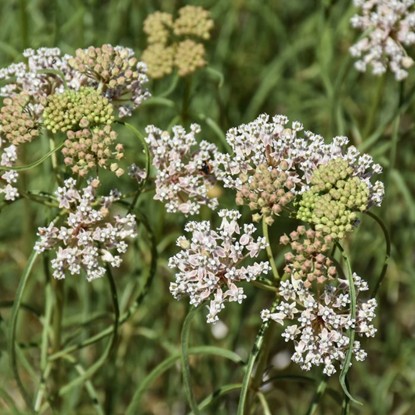

The flower nectar attracts a variety of bees, wasps, butterflies and more! In the photo above, I think that’s a small Red Admiral butterfly in the center. Like all members of the Asclepias genus, Asclepias verticillata (Whorled) is a larval host plant for monarch butterflies. One caveat is this plant is rhizomatous and will spread.
All Milkweed are hardy from zones 3 - 9, so no worries here in Minnesota! They all present cool looking seedpods with that cottony “floss” to help them spread far & wide. While that seems like a problem to some, the benefits outweigh that “problem”, IMHO.
Embracing Asclepias,
The Garden Scoop



